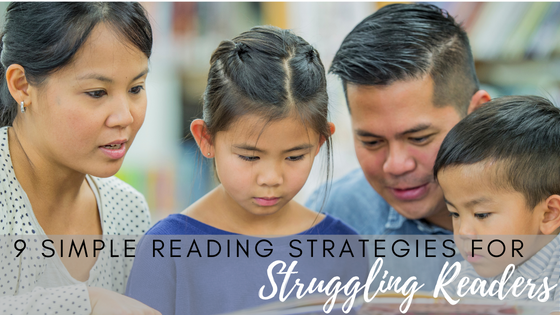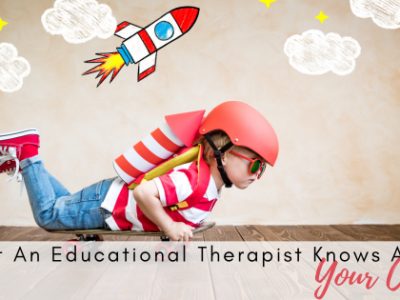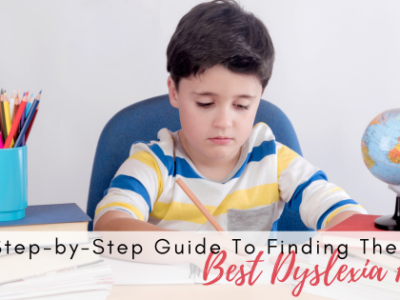
9 Simple Reading Strategies For Struggling Readers
Keeping it simple is key for kids who are struggling with their reading skills. While data and studies about dyslexia confirm that decodable readers and explicit phonics-based instruction are essential at school, at home it is often the most basic, straightforward reading strategies for struggling readers that emerge as the most successful. Even the simplest strategies are capable of having a big impact on fluency, phonological awareness, and accuracy. Read on for 9 Simple Reading Strategies for Struggling Readers:
- Be a Model. Often parents and caregivers can underestimate the impact of reading aloud to their kids. Fluency in reading can be taught by modeling. Reading with good speed, accuracy, and expression gives readers an example of what fluent reading should sound like. A model reader can also help offer explanations and discussions about the text, which helps with comprehension.
- Partner Up. Struggling readers can often find good help among their peers. They can practice reading aloud quickly, accurately, and expressively with a partner like a classmate, friend, or sibling. It is key to select the correct level of reading material for students, and partners can help each other with decoding unfamiliar words.
- It’s in the cards. One way to work on accuracy for struggling readers is by using good old-fashioned word cards. This collection of flash cards should contain words with familiar spelling patterns, blends, rimes, or digraphs. Have the reader practice reading each word with speed and accuracy.
- Rhyme time. Phonological awareness has to do with a student’s awareness of the sounds in words. What better way to get familiar with sounds than by a fun rhyming game? This kind of rhyming exercise can be as simple as stating a word like “all,” and asking the student to name more words that rhyme with “all” or words that have the same ending sound. This can be done with a whole list of words to help build fluency and familiarity.
- Know the 5Ws. A great way to work with a struggling reader on story comprehension is by using the 5Ws—who, what, when, where, and why. Once a reader finishes a story, discuss his or her opinion of the story. Then, to assess comprehension, ask about who characters were, when and where the story took place, what problems happened in the story, and why or how was the problem solved. Of course, the 5Ws can be adapted to all different kinds of reading material, but it’s a great way to help a struggling reader focus on the facts from the text.
- Map it out. Another way to address and improve comprehension in readers is to story map. Through this exercise, students can identify key parts of a story’s content. Once students have read a piece, they can take a blank piece of paper and make a story map. Story maps can include words and drawings of essential story elements like setting, characters, plot, and solution.
- Be a repeat customer. While it is important for readers to explore a variety of genres and texts, it’s also okay to re-read some favorite books or stories over and over again. Why? This can not only build familiarity with words, but it can build confidence in a struggling reader.
- Make good choices. Choosing high-interest books is so essential to improving a struggling reader’s relationship with reading. Whether your reader is into graphic novels like Raina Telgemeier’s Smile and Drama or relatable comic writing like Jeff Kinney’s Diary of a Wimpy Kid series, letting a struggling reader find favorites is really important. While students will have to read informational sources and textbooks, having the ability to choose books can be a really positive part of a struggling reader’s journey. Another favorite: Charlie Joe Jackson’s Guide to Not Reading by Tommy Greenwale.
- Textbook strategies. Sometimes the most tried and true methods can be the most powerful. For readers, this includes activating background knowledge—connecting old knowledge with the new things they’re learning as they read. Questioning the text is another great way to interact with it. Have your reader come up with at least 2 questions about what they are reading, both before and after finishing the text. After reading, work with your reader to summarize—clearly and concisely—the material they’ve just read.
There are so many great approaches to helping struggling readers. If you’re looking for more help for your struggling reader, the curriculum at Dyslexia on Demand gives every reader the opportunity to learn to be academically successful. Dyslexia on Demand works one day at a time, one letter at a time, one sound at a time, and one child at a time. To learn more, schedule a consultation with Dyslexia on Demand, or reach out at 888-292-3906.







